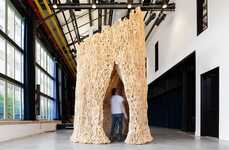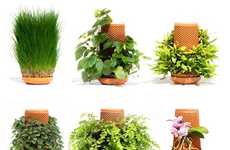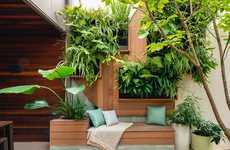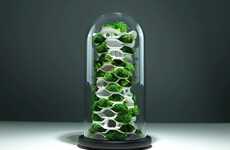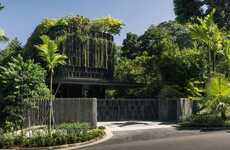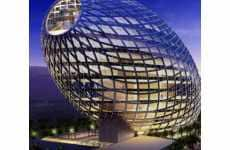
Aeroponic Architecture
Scientists at Tel Aviv University are developing methods of growing trees such that the roots form stable structures that have many uses, even as living homes. According to aftau.org, "the original 'root-breaking' research was conducted at the Sarah Racine Root Research Laboratory, the first and largest aeroponics lab in the world."
Aeroponics is similar to the much more familiar hydroponics, except that the technique allows plants to be grown with the roots suspended in the air instead of in nutrient rich water. For the "geeks" out there (including myself!), both of these techniques are showcased very well at Walt Disney World's Epcot attraction, Living With The Land. That is kind of ironic since most of the plants throughout the ride are grown without soil! But I digress..
Pilot projects are currently in progress in Israel, Australia, and the United States, and include "growing" park benches, playground equipment, and even street lamps.
Aeroponics is similar to the much more familiar hydroponics, except that the technique allows plants to be grown with the roots suspended in the air instead of in nutrient rich water. For the "geeks" out there (including myself!), both of these techniques are showcased very well at Walt Disney World's Epcot attraction, Living With The Land. That is kind of ironic since most of the plants throughout the ride are grown without soil! But I digress..
Pilot projects are currently in progress in Israel, Australia, and the United States, and include "growing" park benches, playground equipment, and even street lamps.
Trend Themes
1. Aeroponic Architecture - Growing trees to form stable structures for living homes using aeroponics presents opportunities for innovation in sustainable architecture.
2. No-soil Gardening - Advances in hydroponics and aeroponics present potential for disrupting traditional agricultural practices with no-soil gardening.
3. Living Structures - The development of living structures creating green spaces could disrupt traditional urban design, creating opportunities for horticultural innovation.
Industry Implications
1. Sustainable Architecture - Aeroponic architecture presents an opportunity to disrupt and innovate in the field of sustainable architecture.
2. Agriculture - No-soil gardening could disrupt traditional agricultural practices and create new opportunities in the agricultural industry.
3. Urban Design - Living structures disrupting traditional urban design could create innovative opportunities for horticulture and architecture.
4.7
Score
Popularity
Activity
Freshness



